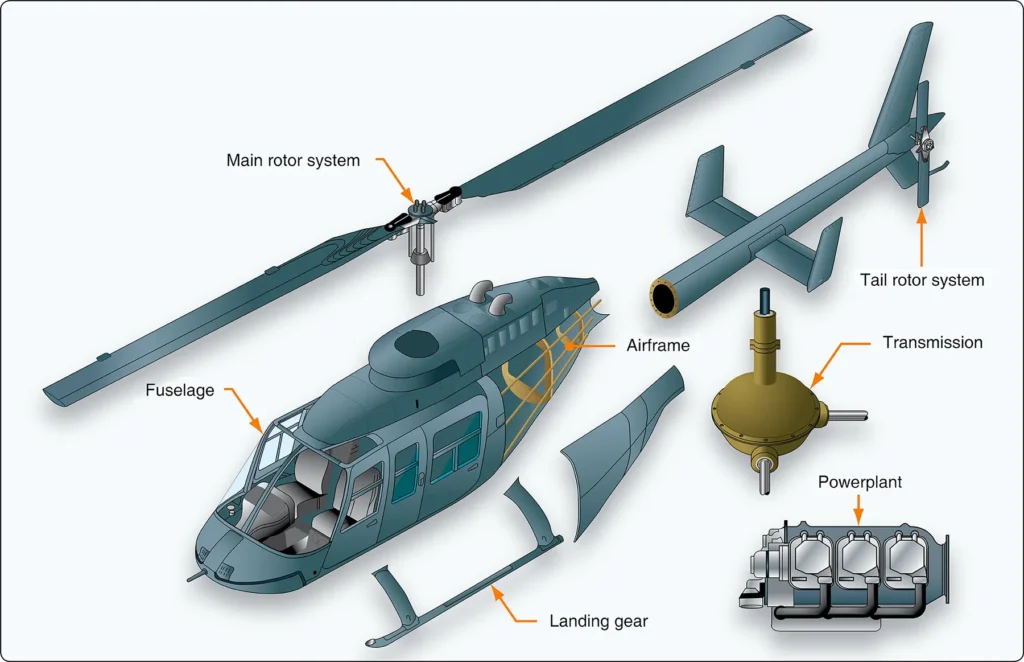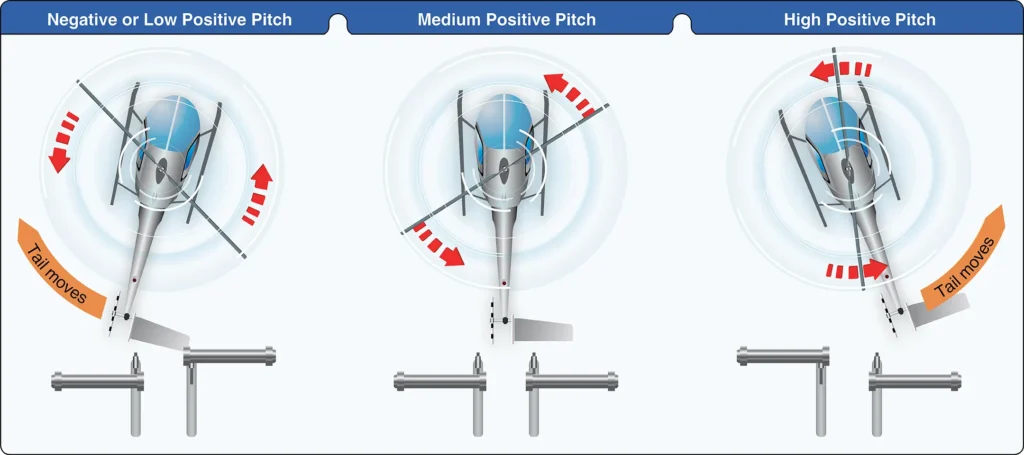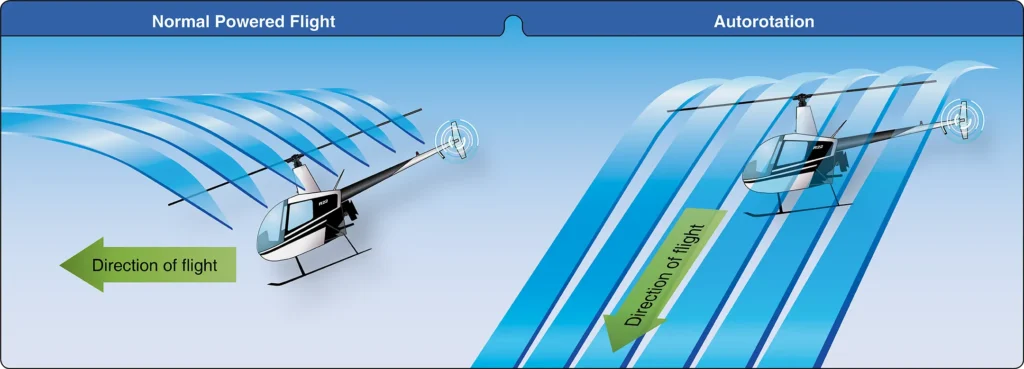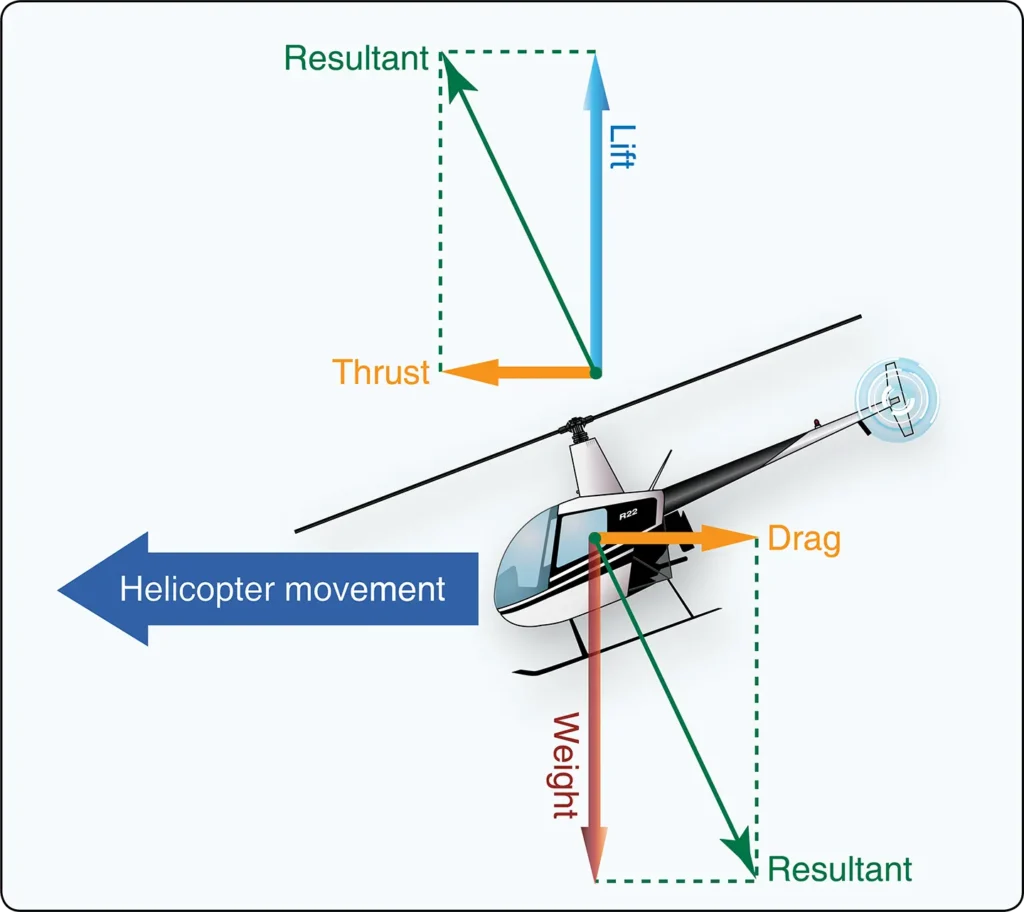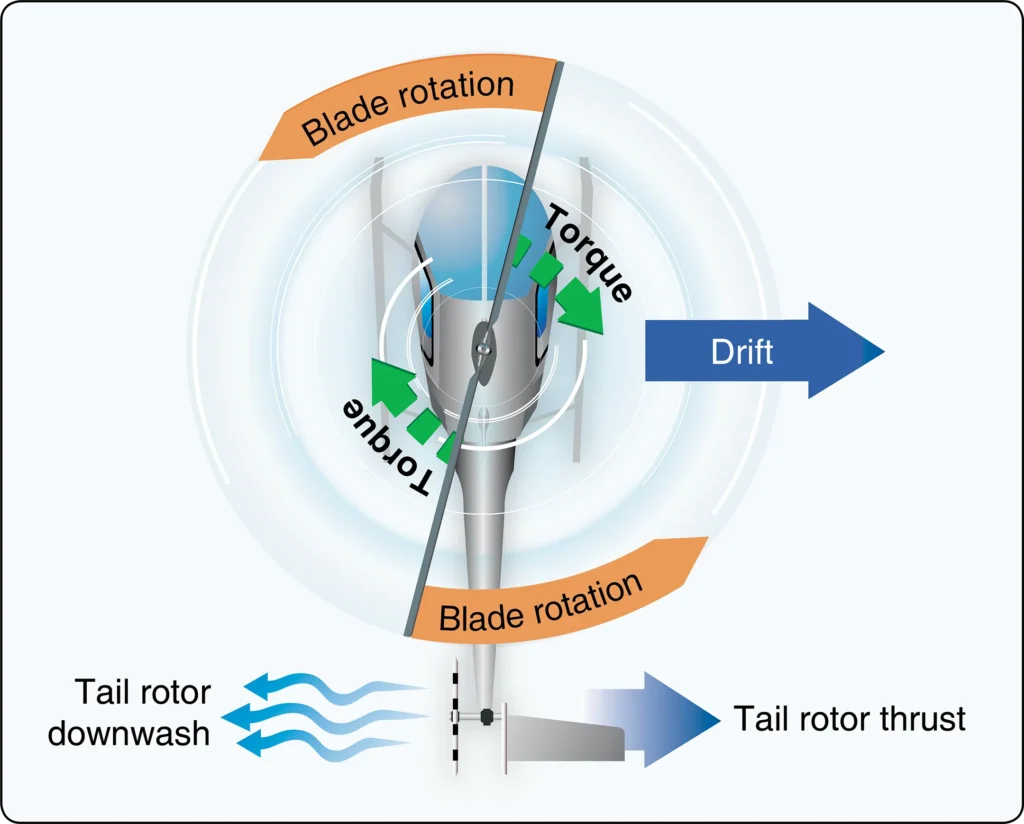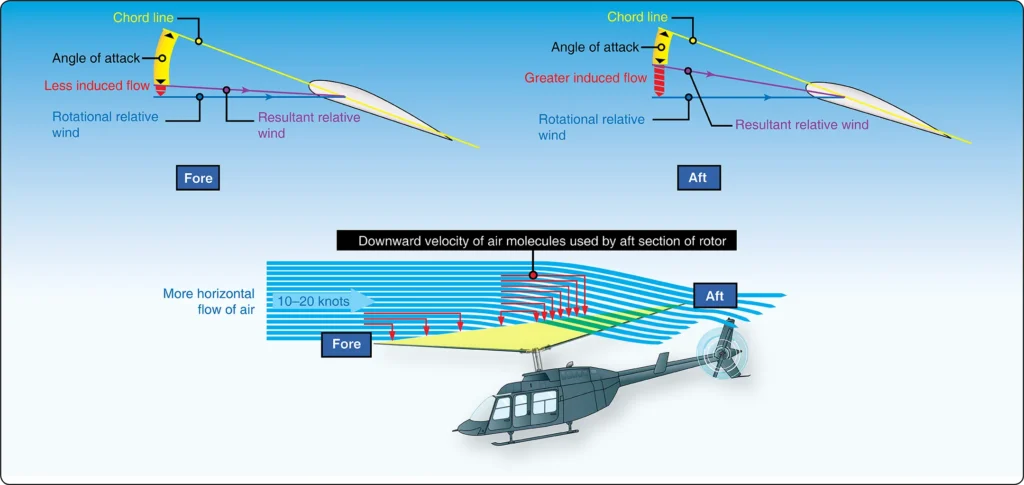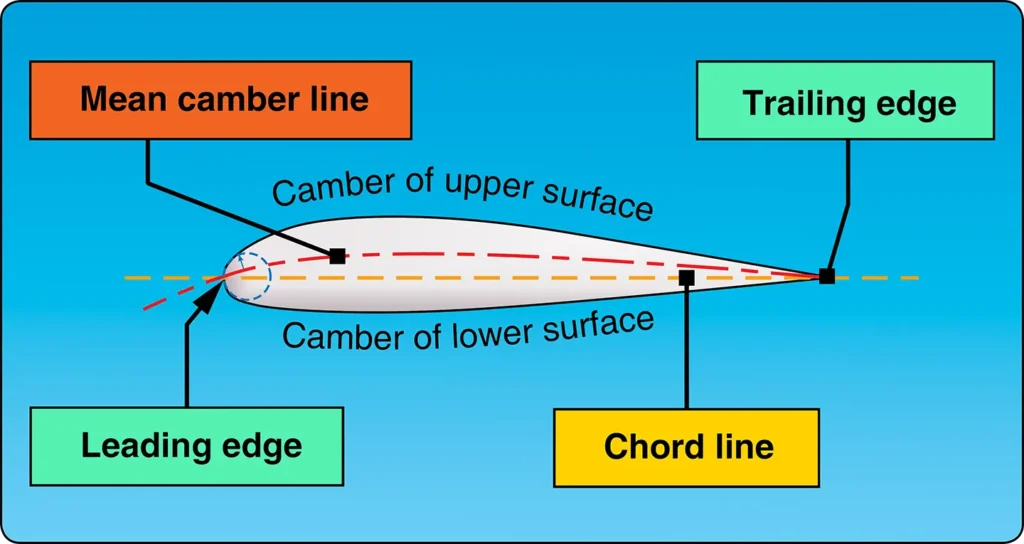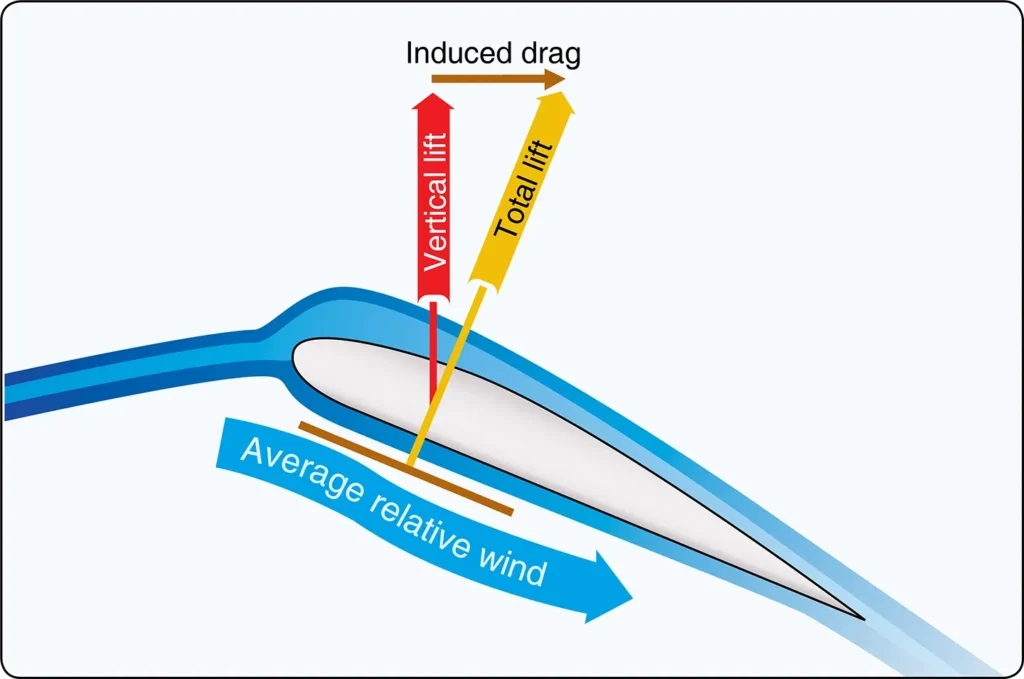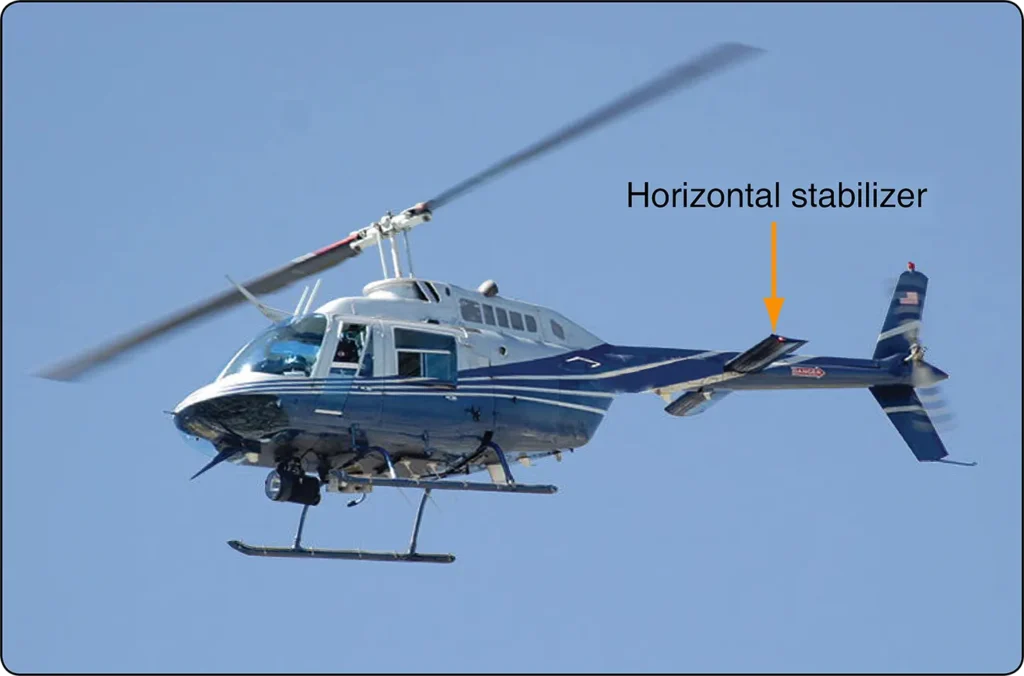Helicopter Airframe and Fuselage
Flying Training, Helicopter FlyingAirframe The airframe, or fundamental structure, of a helicopter can be made of either metal, wood, or composite materials, or some combination of the two. Typically, a composite component consists of many layers of fiber-impregnated resins, bonded to form a smooth panel. Tubular and sheet metal substructures are usually made of aluminum, though stainless steel […]

